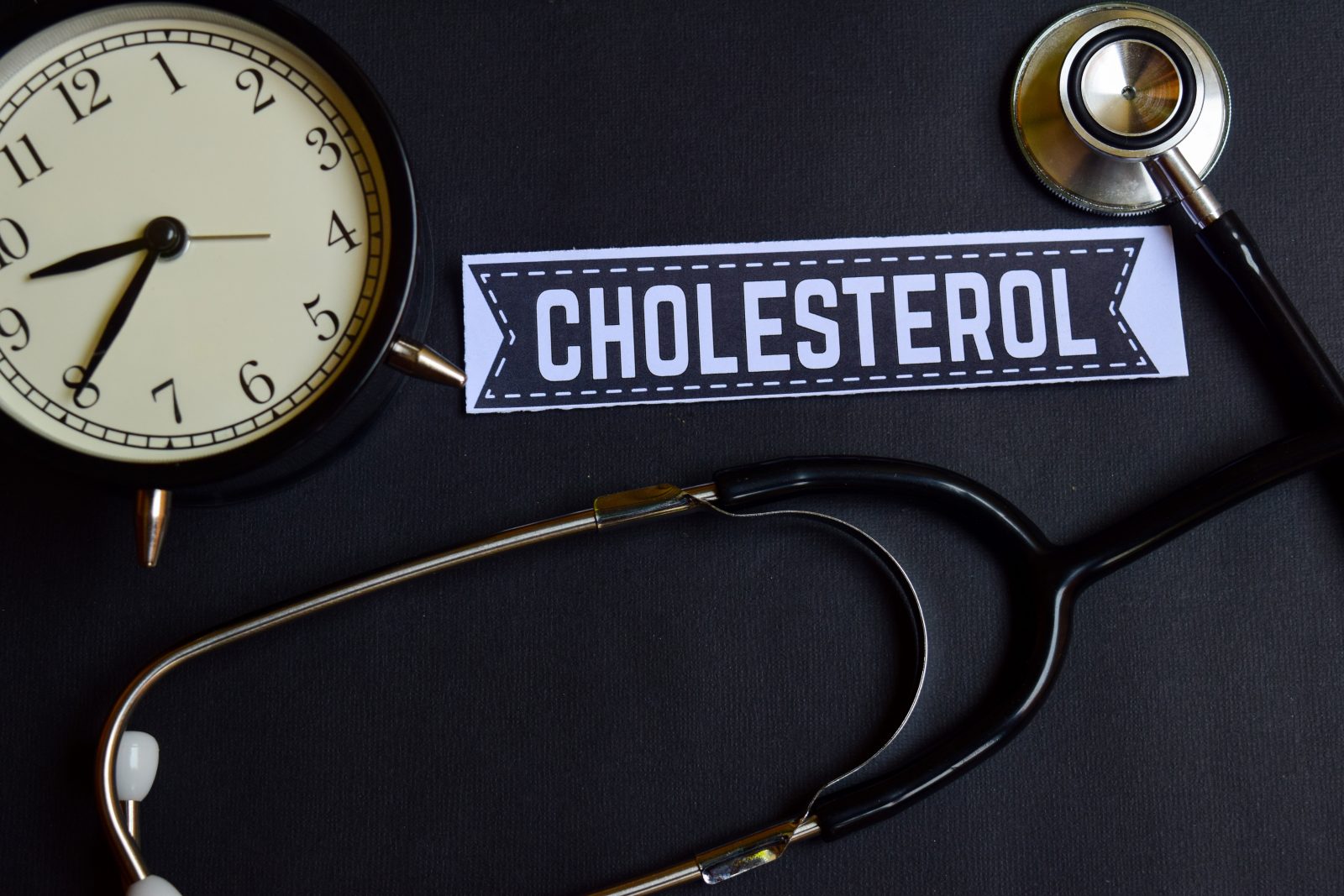The holiday season tends to usher in festivities but can also bring unwelcome spikes in cholesterol levels, posing a strain on heart health.
Experts caution that during this period, indulging in excessive amounts of unhealthy foods can significantly impact cholesterol levels, contributing to an increase in bad cholesterol, known as LDL cholesterol, by nearly 20%.
During the holidays, a consistent weight gain of 3 to 5 pounds has been recorded every year. This increase in weight correlates with a rise in food consumption and alcohol intake, leading to potential health risks.
The confluence of unhealthy dietary choices, increased alcohol consumption, and heightened stress levels due to the hustle and bustle of holiday activities like shopping, traveling, and attending gatherings may divert attention from mindful eating habits and regular exercise routines. This combination can have negative effects on heart health, raising concerns about potential heart-related issues.
December 25, 26, and January 1 mark the days with the highest occurrence of heart attacks. These statistics underscore the need for proactive measures to safeguard heart health during the holiday season.
Maintaining a balanced lifestyle, opting for healthier food choices, monitoring alcohol intake, and ensuring regular physical activity are essential strategies to mitigate the risk of cholesterol spikes and protect heart health.
Seeking guidance from healthcare providers and adopting mindful approaches to eating and managing stress can significantly contribute to a healthier heart during the festive season. Simultaneously, lower cholesterol is one of the many benefits of exercising, so it is important to add this activity to your daily routine.
How cholesterol levels influence your overall health
Cholesterol plays a pivotal role in the body’s functions, but there are two types of cholesterol and their level in the body can strongly affect your health.
LDL cholesterol, often called “bad” cholesterol, constitutes a major portion of the body’s cholesterol. Its accumulation in the bloodstream can lead to the development of plaque in blood vessels, a process likened to rusting arteries.
This buildup of plaque heightens the risk of heart attacks by clogging coronary arteries and predisposes individuals to strokes by accumulating in the carotid circulation.
In many Western societies, there’s a prevalent issue of excessive LDL cholesterol levels. Typically, an LDL cholesterol level above 100 milligrams per deciliter is considered elevated, raising concerns about heart health.
Conversely, HDL cholesterol, often referred to as “good” cholesterol, functions beneficially by getting cholesterol from the bloodstream and taking it back to the liver for elimination. High levels of HDL cholesterol are associated with reduced risks of heart disease and stroke, contributing to a healthier cardiovascular system.
Triglycerides, another essential component of blood fats, also influence heart health. Elevated triglyceride levels combined with low HDL or high LDL cholesterol levels can significantly raise the risk of heart attacks.
This condition can lead to inflammation in blood vessel walls, making it easier for plaque to accumulate over time and potentially contribute to heart-related issues.
Understanding the roles and levels of these different types of cholesterol is crucial for assessing heart health and determining potential risks associated with cardiovascular diseases.
Regular check-ups and consultations with healthcare providers can help in managing cholesterol levels and mitigating the risk factors associated with heart-related conditions.
Implementing lifestyle changes to control cholesterol
Lifestyle choices have a notable influence on cholesterol levels, with approximately 15 to 20% of cholesterol being impacted by habits such as diet and exercise. However, about 85% of cholesterol production is governed by genetic factors and occurs within the liver.
While genetic predisposition largely contributes to high cholesterol, incorporating dietary modifications and regular exercise can assist in managing cholesterol levels, albeit not always being completely effective on their own.
It is very important to reduce saturated fats in one’s diet and engaging in routine exercises comprising 30 to 45 minutes of aerobic and weight-bearing activities, 4 to 5 times a week. These lifestyle changes could lower LDL cholesterol by 10-20%.
To help lower cholesterol levels, it is recommended to integrate specific foods into the diet. Discover, for example, the Portfolio Diet’s impact on cholesterol and maybe give it a try. Foods enriched with plant sterols and stanols, when coupled with a balanced diet, may help in lowering cholesterol.
Certain oils, butters, and nuts, rich in fiber and beneficial fats, could enhance HDL levels and consequently marginally decrease LDL.
Moreover, managing triglyceride levels involves limiting foods high in sugar and carbohydrates.
However, it’s essential to note that this approach doesn’t imply eliminating carbohydrates altogether, as balanced diets remain crucial.
For this purpose, it is recommended to adopt the Mediterranean diet, recognized for its low saturated fat content. The American Heart Association (AHA) supports this dietary pattern, highlighting its emphasis on vegetables, fruits, whole grains, legumes, low-fat dairy products, fish, poultry, nuts, and non-tropical vegetable oils.
This diet discourages excessive intake of added sugars, sugary beverages, sodium, highly processed foods, refined carbohydrates, saturated fats, and processed meats, aligning with the AHA’s recommendations for a healthy dietary regimen.
How medication contributes to cholesterol control
Statistics show that almost 50% of Americans have cholesterol levels that require medication intervention, yet a significant number remain untreated.
Atherosclerosis, characterized by the thickening or hardening of arteries due to coronary or carotid disease, stands as the leading cause of death.
While acknowledging that healthcare professionals should take a more assertive approach to treating cholesterol, patients must comply with effective cholesterol-lowering treatments, particularly statins.
Statin therapy is recognized as a primary treatment option alongside diet and exercise. This not only reduces total cholesterol levels, LDL (considered “bad” cholesterol), and triglycerides but also elevates HDL (considered “good” cholesterol). Moreover, statins help in reducing inflammation in vessel walls and stabilizing plaque, which offers cardiac protection.
For individuals unable to tolerate statins or when these medications fail to lower cholesterol levels sufficiently, discussing alternative treatment options with a healthcare professional is critical.
Combining lifestyle changes with pharmacological interventions and incorporating both for effective cholesterol management is the way to go about this issue.
Pondering heart health at the end of the year
The end of the year presents an ideal moment to reflect on heart health, considering lifestyle choices and potential improvements for the upcoming year.
Setting health-related goals and subsequently consulting your healthcare provider to chart a course toward achieving them is crucial for maintaining focus and healthily attaining these objectives.
Proactive steps in safeguarding heart health are mandatory if we want to live a long, healthy life. However, the unfortunate reality seems to be that many individuals remain unaware of underlying coronary artery disease until a cardiac event occurs, such as a heart attack or sudden death.
It is recommended to initiate discussions with a healthcare provider regarding a coronary calcium scan, a diagnostic tool that detects hard plaque. This is even more important for men aged 45 and older and women in perimenopausal stages or older, as this scan can reveal plaque buildup years before it poses a significant risk. This way, they can benefit from early preventive interventions.
There are various resources available, including medications and lifestyle modifications, to achieve optimal cholesterol levels in most patients. That’s why it is very important to be informed about one’s cholesterol levels.















Find Us on Socials